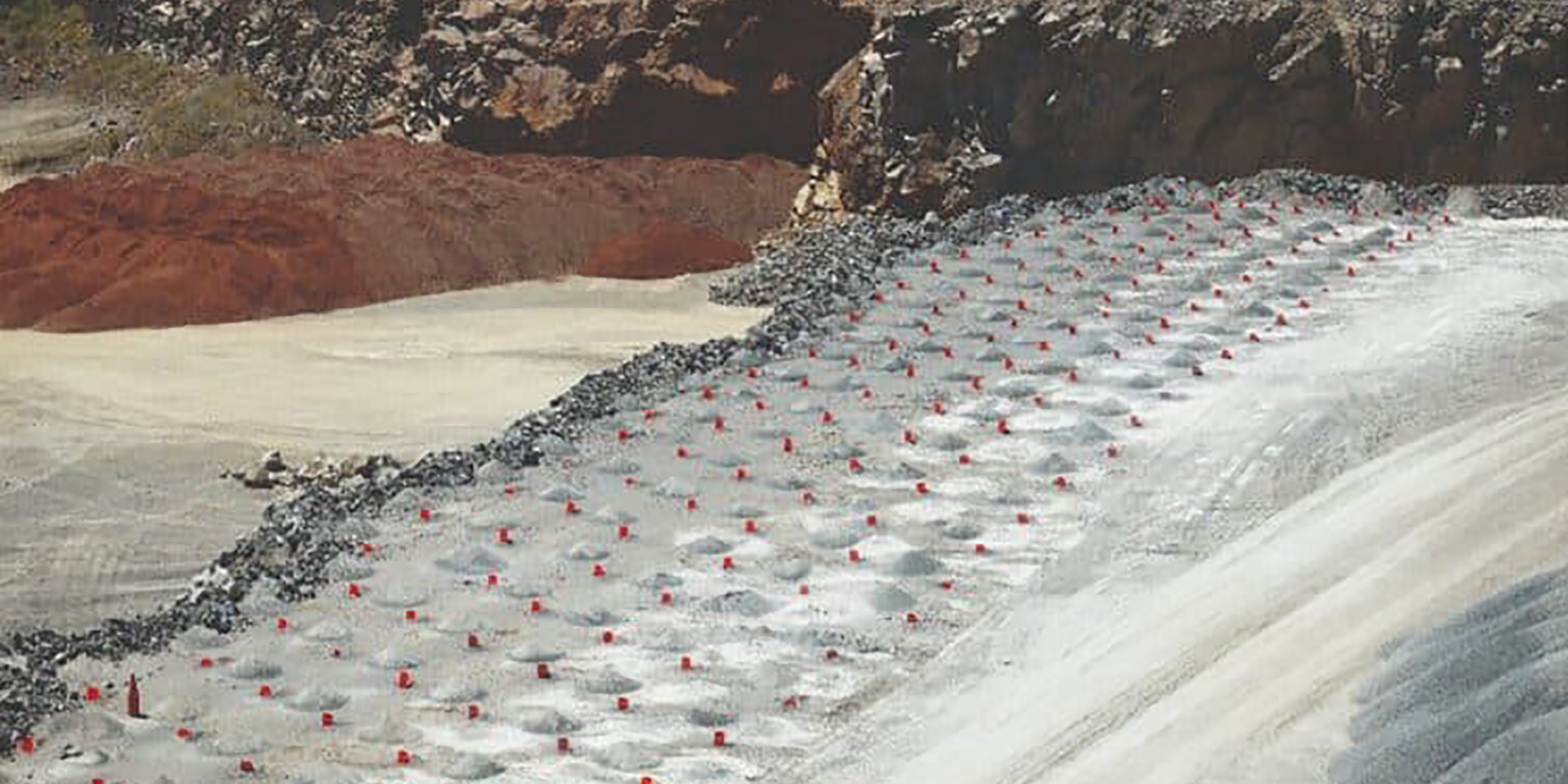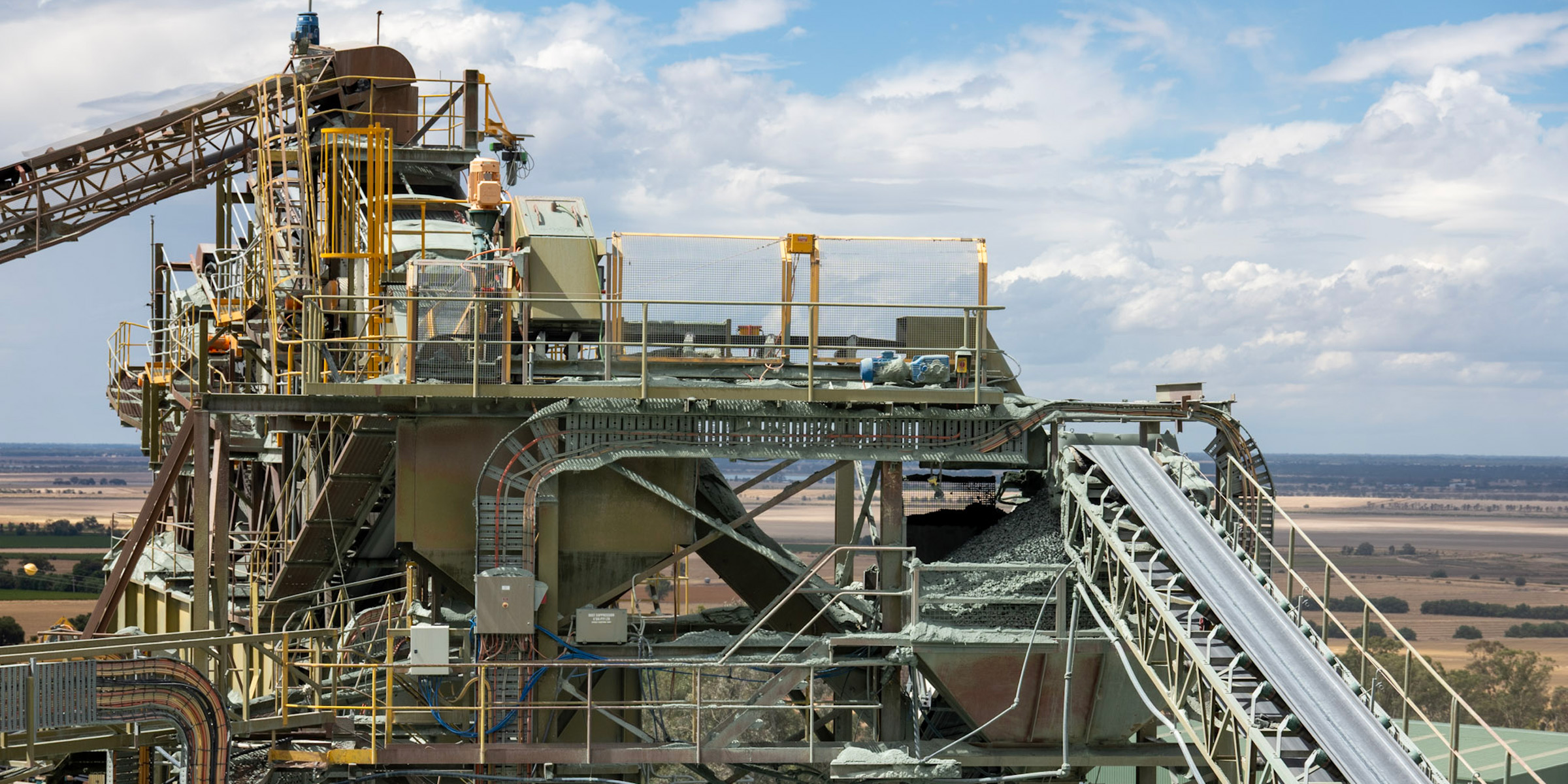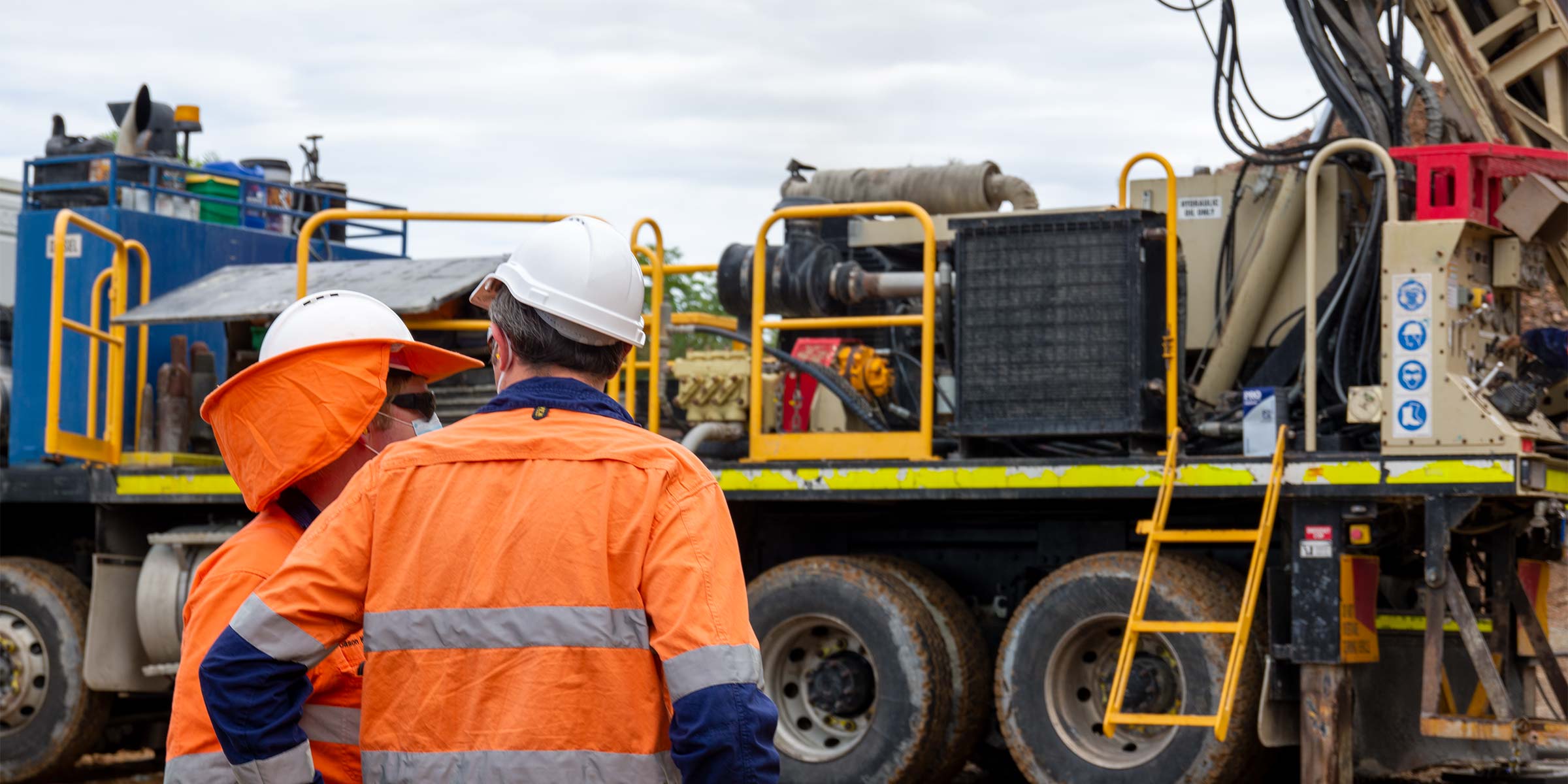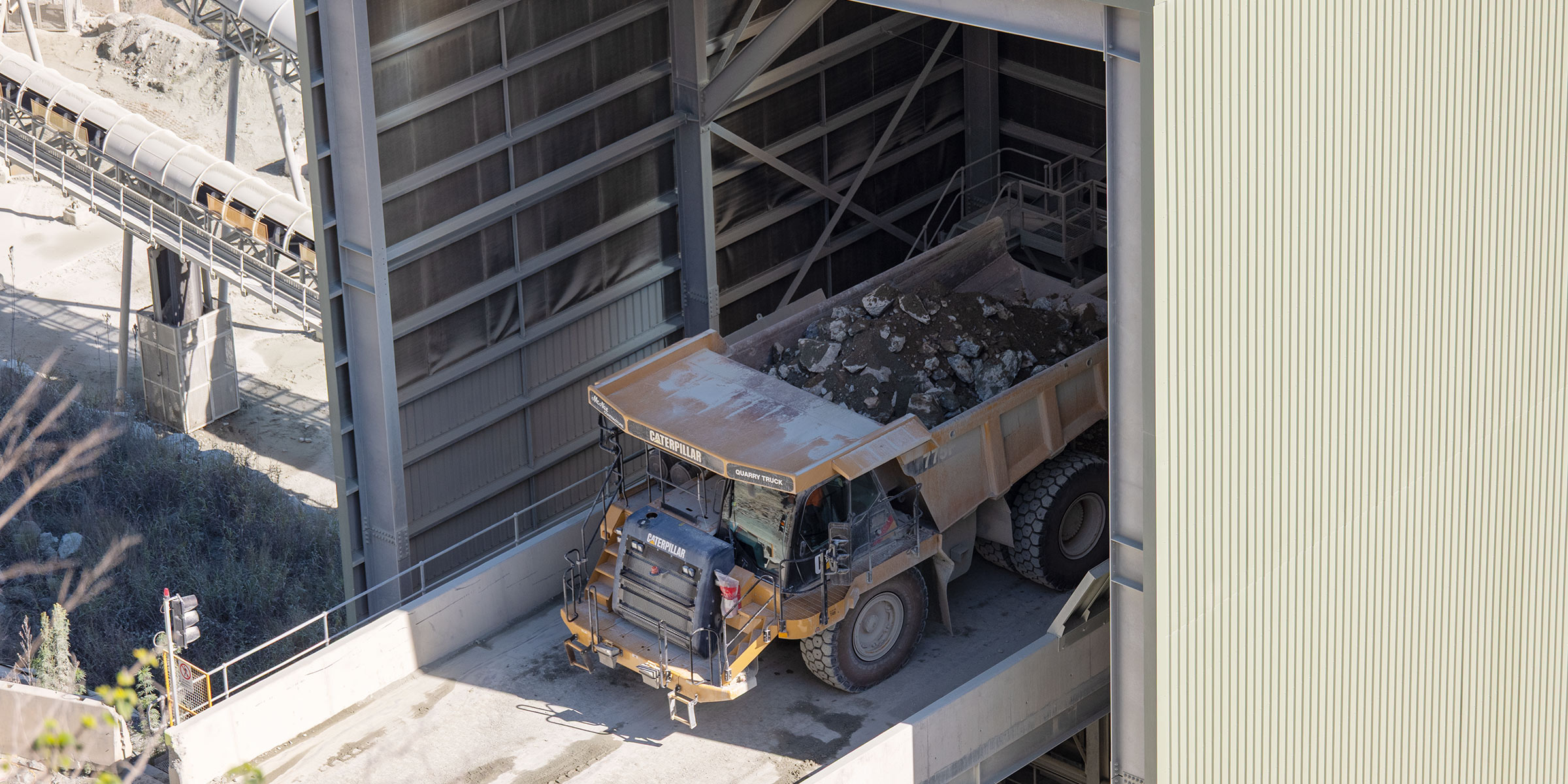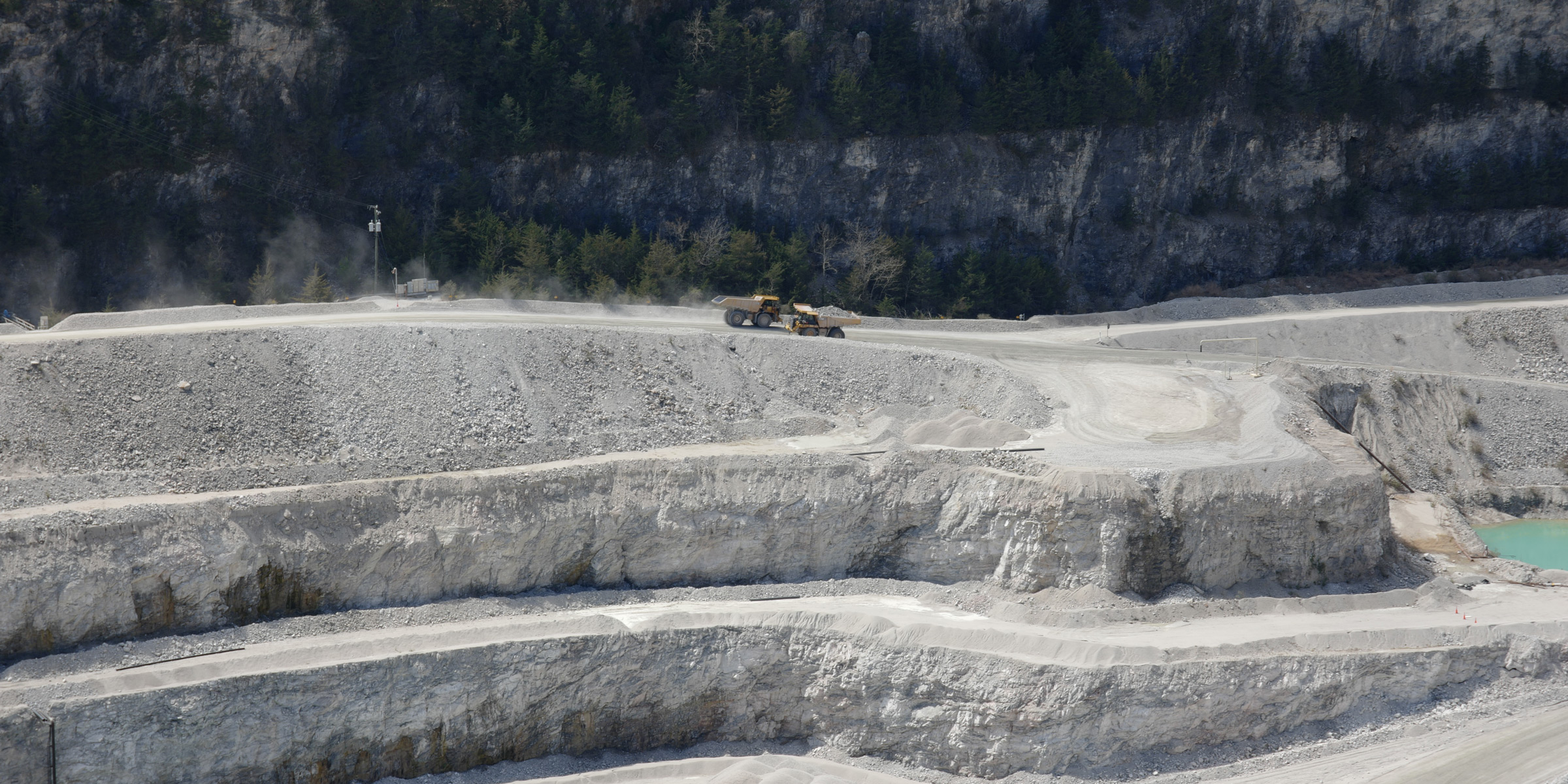
What does good quarry extraction scheduling look like?
Eltirus founder Steve Franklin breaks down what is needed to set up a reliable, helpful quarry extraction schedule.
If a quarry deposit has a lot of overburden, or has a range of different material types, an extraction schedule may be required to work out the best way to meet production requirements. But what is an extraction schedule and what should you be looking for in choosing someone to build one for you?
Why is extraction scheduling important?
Large-scale plans are a common sight on the wall of a quarry office, showing a notional annual (or longer) sequence of extraction, normally in terms of coloured blocks. Plans like this show the staging of extraction and they are generally of limited use.
These are often created for regulators and give some idea of how the quarry might develop, but in general, if you ask the quarry manager “are you following that plan?” and more importantly, “how are you following the plan?” you will often receive blank looks – in many cases, the plan is up on the wall for show.
A good quarry manager who can think it through in their head will have an extraction sequence in mind and can work to it. However, quarry managers can face three common problems:
- How to communicate the sequence and plan to their boss, the team and the regulators.
- Handing the ‘mental’ plan over to their successor when they leave the site.
- Dealing with a site that is really complicated: lots of overburden to move, variable geology, the need to create new access ramps and move fixed plant etc.
This is where extraction scheduling becomes important.

Extraction scheduling is a mining engineering task. Image: Eltirus
What is extraction scheduling?
Extraction scheduling helps you to answer questions like:
- How much overburden do I need to move each year over the next three years?
- How many haul trucks do I need to meet a specific production requirement?
- Can I meet the production and quality requirements of that major contract I am proposing to commit to?
- How many years of production do I have left and how fast can I extract it?
In essence, what a schedule does (using specialised scheduling software such as Deswik.Planning) is determine what can be extracted, when it can be extracted and in what sequence to meet production and quality targets.
This is not a job for geologists or drafts people. Extraction scheduling is a mining engineer’s task and is generally the most highly skilled and complicated work that they will do.
Extraction scheduling combines several factors:
- Survey
- Geological knowledge
- Pit design stages
- Dependencies
- Extraction rate
- Equipment
- Reconciliation
- Survey
Everything starts with knowing where you are. You need to have an accurate topography of the site as a starting point. These days drones and software like Strayos, DroneDeploy, Propeller can be used to provide the topography.
I can’t stress enough the need for this to be an accurate survey. It sounds obvious, but a good quality whole-of-site drone survey is relatively uncommon. Just because you have a great looking 3D model in your drone software does not mean it is necessarily accurate.

Having a good understanding of site geology is the starting point for any effective scheduling. Image: Eltirus
Geological knowledge
Having a good understanding of site geology is the starting point for any effective scheduling. This helps the scheduler (a qualified mining engineer) understand the depth of overburden across the site as well as the different materials and their qualities. A key part of geological understanding is the identification of backfilled areas, or areas that have had waste type materials placed on them.
This results in the identification of what is known as a ‘prime surface’. It is very important that a prime surface is created so that areas are identified as backfill and waste are not incorporated into the geological model as quality materials for extraction.
Pit design stages
With a sense of the topography, and backfilled areas and the material types, pit design stages can be created. In general, a mining engineer will determine what material needs to be extracted in the scheduling period and design a pit staging shell to break the extraction down into bite sized chunks.
Once these shells are created, they can be used in conjunction with the geological model to determine the amount of each material type in that stage.
At this point, the deposit is cut up into blocks of material (generally a bench high) and approximately the size of an average blast.
In essence, we are creating a ‘Lego brick’ model of the deposit by different rock type that we can use to schedule with.

Once a schedule is built, it is a valuable tool for testing different production scenarios and budgeting. Image: Eltirus
Dependencies
In open cut extraction, you can’t extract a lower bench before you have removed the material on the bench above it. Likewise, you can’t extract a quarry with a vertical wall from top to bottom, you have to step out each bench down to create a catch berm/haul road. Sometimes, you can’t extract a specific area because there is something that is in the way for a specific period of time: e.g. a mobile crushing plant. In scheduling, we call these types of factors, dependencies. Note that it can also be the case that multiple stages will need to be scheduled simultaneously (stripping overburden off one stage while extracting rock from another) and dependencies control these interactions as well as determine the direction of mining (or starting point) on a bench.
Extraction rate
Once you have the material model and dependencies, you can then work out the extraction rate needed to meet the production and sales requirements. In most cases, the approach is to schedule for the tonnes of product needed and then determine from that what other materials might need to be moved. Sometimes you can find that a scheduled movement is simply not possible – due to development requirements and other constraints, the mining engineer will need to go back to the staging shells and adjust them to bring in or exclude waste materials to balance the material movement.
Equipment
With a clear idea of material movement, equipment can be selected. In general, a site will have the loading tool it has but may need more (or less trucks) to satisfy production requirements. Most scheduling packages will have some form of haulage simulation that can be used to determine trucking requirements. While these simulations can be quite accurate, it is always good practice to calibrate them against actual site performance.
Reconciliation
Scheduling can produce excellent predictions of material movement and the resources needed to move it, however in practice, to get the most out of it, you need to ensure that it is applied in the field.
If we identify a specific block of material that needs to be extracted during a certain month, there needs to be a method to communicate this to the drill and blast contractor (for a hard rock site) so that they can blast the area the schedule indicated.
Without a way to implement a schedule in the field, it becomes a once-off exercise and loses much of its value. To get the most out of your investment in a schedule, make sure that the scheduling blocks are translated into the field. Each month or quarter after your latest drone flight, conduct a reconciliation to determine if what was planned was what was moved and if not why? If you take this approach, you can identify what went well and what didn’t, e.g. rain, breakdowns and changing market conditions, and adjust the schedule.
Bringing it together
Once a schedule is built, it is a valuable tool for testing different production scenarios and budgeting. To build one, you need an accurate whole of site topography (survey) and a good understanding of the geology and any backfilled areas. From there, extraction stages are created (and refined) and the scheduling model built up to consider the different dependencies, production requirement, haulroads and equipment to give a clear idea of what material needs to be moved from where and when to meet your production requirements. Once built the model should be updated regularly and used to test different production/sales scenarios to be of the most benefit.
Summary
Scheduling is a powerful tool to help you understand how much overburden you need to move each year, what equipment you need, and what is required to meet the production and quality requirements, providing a sound basis for site budgeting.
This article originally published on the Quarry Magazine website – click here to view the full original article.
To find out more, contact Steve Franklin on +61 474 183 939 or [email protected]


